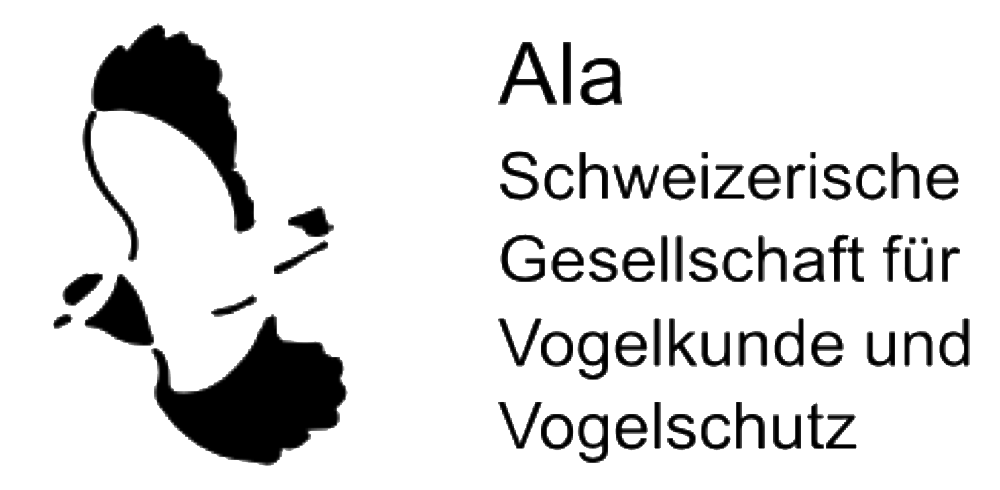Artikel-Suche
einfache Suche | erweiterte Suche
Autor(en)
Hansruedi Wildermuth, Beat Schneider
Titel
Bachstelzen Motacilla alba auf Libellenjagd
Jahr
2025
Band
122
Seiten
174–184
Key words
(von 1994 bis 2006 vergeben)
(von 1994 bis 2006 vergeben)
Schlagwort_Inhalt
Nahrung, Prädation, Insekten, Libellen
Schlagwort_Vogelart
(wissenschaftlich)
(wissenschaftlich)
Motacilla flava, Motacilla citreola, Motacilla cinerea, Motacilla alba
Schlagwort_Vogelart
(deutsch)
(deutsch)
Schafstelze, Zitronenstelze, Gebirgsstelze, Bachstelze
Schlagwort_Geogr.
Weiach, Kaltbrunner Riet, Jona, Rüti, Bolnisistsqali, Georgien
Sprache
deutsch
Artikeltyp
Abhandlung
Abstract
White Wagtails Motacilla alba hunting dragonflies – White Wagtails feed mainly on small flies and mosquitoes, as well as other insects on occasion. Their prey spectrum also includes dragonflies. Based on direct observations, photographs, and film recordings mainly done at a gravel pit pond, we describe in detail the behaviour of wagtails when hunting dragonflies as well as the reactions of the insects to the predatorʼs attacks. The White Wagtails searched for their food either by walking along the waterline or catching it in flight. They started their hunting flights from the shallow gravel bank, sometimes also from an elevated perch. They mainly preyed on emerging and teneral damselflies, which reacted to attacks by dropping or hiding behind the emergence substrate by «sidling». Flying dragonflies, especially tandems of the Common Blue Damselfly Enallagma cyathigerum, were pursued above the water surface and captured in sometimes acrobatic flight manoeuvres. The success rate for 57 hunting flights was 77% (44 successful hunts). During their breeding season, White Wagtails collected larvae ready to emerge and freshly emerged dragonflies on the banks of the pond and carried them to the nest as a bundle in their beak.
PDF Dokument (öffentlich)
PDF Dokument (registrierte Mitglieder)












